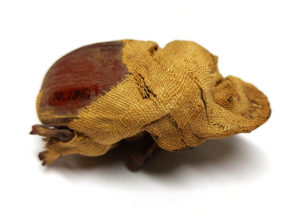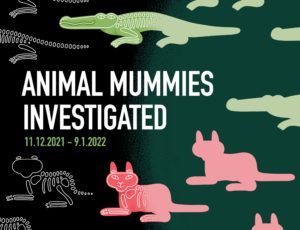Animal mummies investigated
From 11 December through 9 January you can learn all there is to know about animal mummies at the Allard Pierson.
To what species of crocodile does the crocodile dummy belong? Does the ‘mummy of a cat’ really contain a cat? How did these animals live in ancient Egypt? And how did they meet their end? Last summer, these questions and others like them inspired the launch of a special study. Thirteen animal mummies from ancient Egypt held at the Allard Pierson were sent to Amsterdam UMC for a thorough investigation. The mummies, scans and findings are the focus of the exhibition Animal Mummies, on display at the Allard Pierson during the Christmas holidays.

Animal mummies tell us so much about life in ancient Egypt. There are various reasons why animals were mummified. Some were seen as representatives of deities, while others were buried as food or as pets for the deceased. In Animal Mummies Investigated you can view thirteen animal mummies as well as the first findings of the study: the CT scans made at Amsterdam UMC, the 3D models and much more besides.



